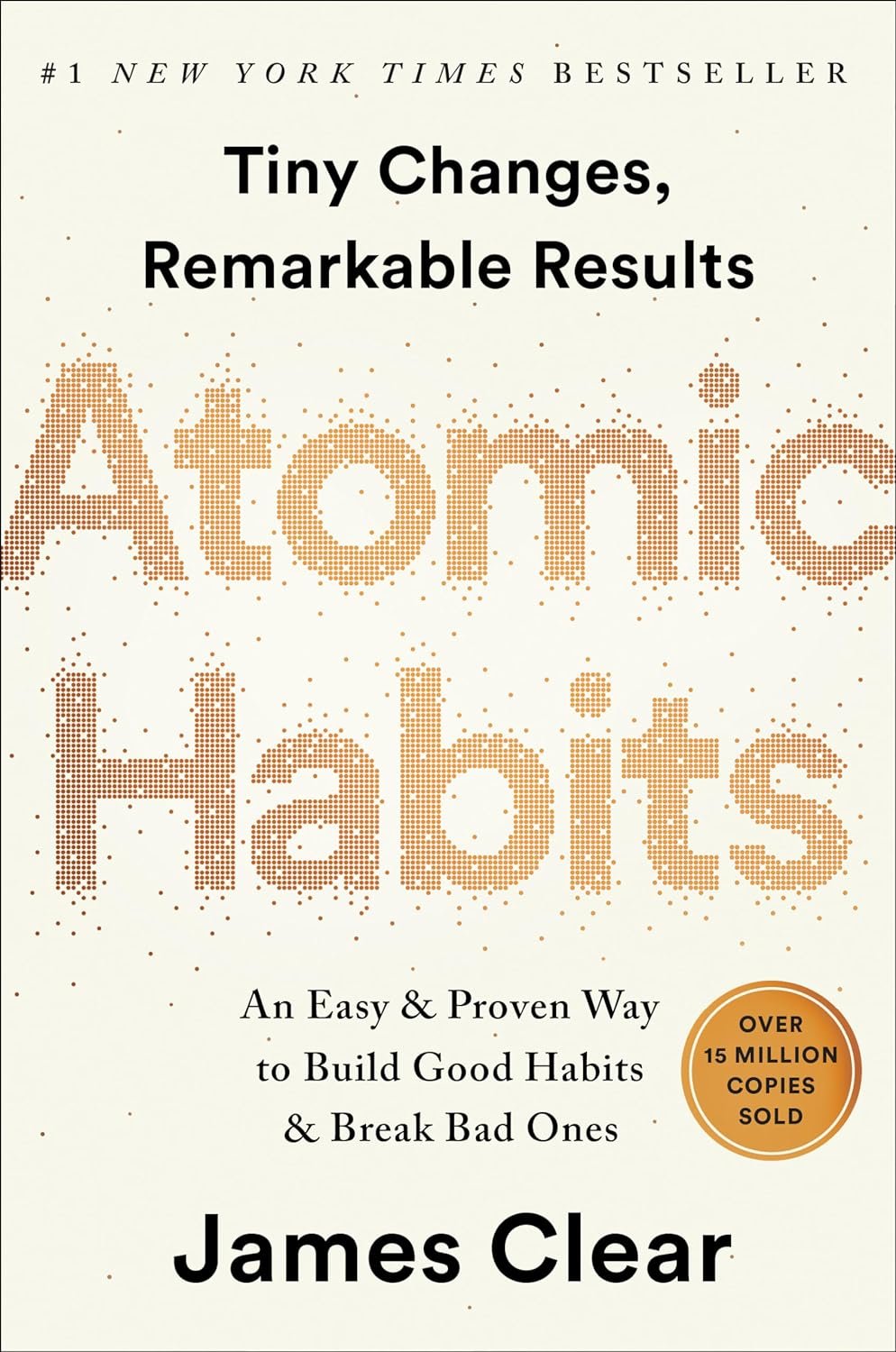Everyone should read these books!
"How to Do the Work" by Dr. Nicole LePera is a hands-on guide to personal growth and healing. Using ideas from psychology, neuroscience, and holistic health, the book gives practical advice for dealing with past trauma, breaking away from limiting patterns, and living a more authentic, empowered life.
Dr. LePera mixes personal stories, scientific insights, and helpful exercises to introduce concepts like self-awareness, emotional control, and healing your inner child. She talks about how childhood experiences shape who we are as adults and offers tips on reprogramming the subconscious and setting healthy boundaries.
The book also highlights self-care practices like mindfulness, journaling, and breathwork to improve emotional well-being. Dr. LePera encourages readers to go on a journey of self-exploration, empowering them to reclaim their personal power and reshape their lives with intention and self-compassion.
Key Takeaways:
Healing from childhood: Dr. LePera talks about childhood trauma and how it affects adult behavior and relationships. By looking at past experiences with compassion, readers can break old patterns and start healing.
Building self-awareness: One of the main ideas is self-awareness—being able to notice and understand your thoughts and emotions without judging them. The book offers exercises and journaling prompts to help with this.
Reprogramming your mind: Dr. LePera dives into neuroscience to explain how to change limiting beliefs. Using techniques like affirmations, visualization, and breathwork, readers can create new, empowering thought patterns.
Emotional regulation: Managing emotions is crucial for resilience and well-being. The book offers ways to handle tough feelings like anxiety and anger, giving readers a toolkit to face life’s challenges.
Self-compassion and boundaries: Dr. LePera stresses the importance of being kind to yourself and setting healthy boundaries in relationships. By focusing on self-care, readers can boost their self-worth and build stronger, healthier connections with others.
In short, "How to Do the Work" is a powerful guide to personal healing. Dr. LePera's insights and practical tips provide readers with the tools to rediscover themselves, regain control of their lives, and live more authentically.
4o
"Atomic Habits" by James Clear is all about how small, everyday habits can lead to big changes in life. The book explains the science behind how habits are formed and gives simple, practical tips for building good habits and breaking bad ones.
Clear's approach is built around his "Four Laws of Behavior Change," which involve making habits easy to start, attractive to follow through, simple to keep up with, and rewarding. He shows how using these principles can help you make lasting changes and improve your life.
Key points include:
Tiny changes add up: Even small habits can lead to huge results over time if you stick with them. Clear shows how tiny improvements, when repeated consistently, can make a big difference.
How habits form: The book dives into the science of habits and offers strategies like "habit stacking" (linking new habits to existing ones) to help new routines stick.
Shaping your environment: Clear emphasizes the importance of adjusting your surroundings to support good habits and minimize distractions or temptations.
Identity-based habits: He stresses the idea that your habits should align with the type of person you want to become, making lasting change easier when your behavior matches your self-image.
Continuous improvement: Clear encourages focusing on progress rather than perfection and seeing failures as opportunities to learn and grow.
Overall, "Atomic Habits" is a practical guide for anyone looking to create better habits and make lasting improvements in their life. Clear's tips are easy to apply and backed by science, offering a clear path to achieving your goals and becoming the best version of yourself.
"The Body Keeps the Score" by Bessel van der Kolk by Bessel van der Kolk is a must-read for anyone looking to understand how trauma affects both the mind and body. Drawing on years of research and experience with trauma survivors, van der Kolk explains how trauma leaves lasting marks not only on mental health but also on physical well-being.
Using powerful stories, scientific evidence, and new treatment ideas, the book explores the wide-ranging effects of trauma, including PTSD and childhood trauma. Van der Kolk dives into how trauma gets "stuck" in the body, impacting emotional control, relationships, and overall health.
The book also looks at how traditional talk therapy doesn’t always fully address trauma and introduces alternatives like yoga, EMDR, and neurofeedback as helpful tools for healing. By focusing on body-based therapies, van der Kolk shows that there are ways to move beyond trauma and regain control over one’s life.
Key Takeaways:
Understanding trauma’s effects: Trauma can mess with the body’s stress response, leading to both physical and psychological problems. Van der Kolk explains how trauma changes brain development, emotions, and relationships, showing just how deeply it impacts people.
Trauma is stored in the body: One of the book’s main ideas is that trauma doesn’t just live in the mind—it’s also stored in the body. Van der Kolk uses stories and research to show how trauma survivors often deal with physical symptoms like chronic pain or dissociation.
Body-based therapies: While talk therapy focuses on thoughts, van der Kolk pushes for therapies that engage the body. He explores methods like yoga and mindfulness as ways to tap into and heal trauma that’s physically stored in the body.
Holistic healing: The book highlights the importance of looking at the whole person—mind, body, and social connections—when healing from trauma. This holistic view helps survivors build resilience and well-being.
Hope for healing: Throughout the book, van der Kolk emphasizes that everyone has the ability to heal. By using evidence-based methods, he empowers trauma survivors to take back control of their minds and bodies, offering hope for recovery.
In short, "The Body Keeps the Score" is a powerful look at how trauma shapes both body and mind and offers new, effective ways to heal. Van der Kolk’s approach is both compassionate and practical, challenging old ideas about trauma therapy and offering a more holistic path to recovery.


